It was the most violent part of the country during the Civil War. Owen O'Shea tells how Kerry became the site of the conflict's most extreme violence.
The Civil War was more violent, brutal and protracted in County Kerry than anywhere else in the country. The so-called conventional phase of the war, during which Free State forces – many of whom came to Kerry in seaborne landings – ended quickly, with the army gaining control of most of the large towns during the last days of June and the first days of August 1922.
The first engagement of the conflict in Kerry was in Listowel, when, on 30 June 1922, republicans seized control of the town from the National Army. The first casualty of the war in Kerry occurred when Private Edward Sheehy, a native of the town, was killed. Following the arrival of almost 1,000 troops at Fenit and Tarbert on 2 and 3 August, Tralee and Listowel quickly came under the control of the army.
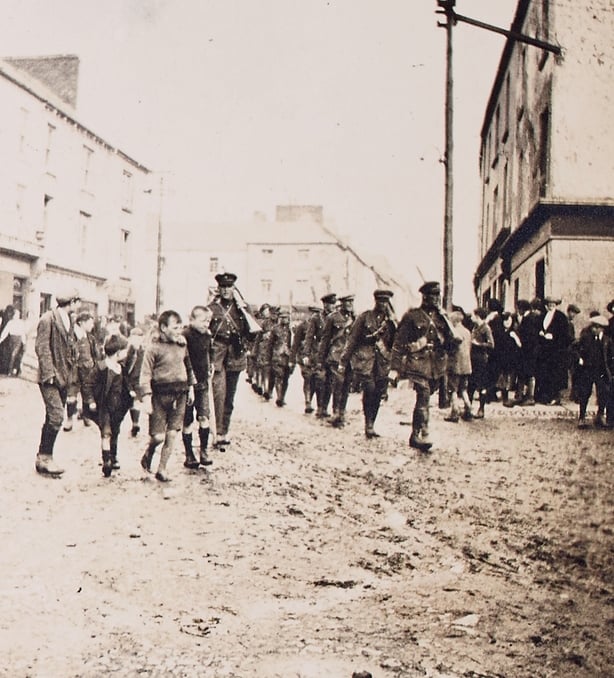
The town of Tralee, as well as the main barracks at Ballymullen, was seized from the IRA within hours of the landing of 450 troops at nearby Fenit, nine of whom were killed in the effort to secure control of the county's principal town.
However, by the early winter, the IRA maintained the upper hand in rural and remote areas that were unfamiliar to the army. They also held the town of Kenmare from September to December 1922. Several months of guerrilla warfare followed, in which ambushes, killings and executions rapidly increased in number and ferocity. This was coupled with significant disruption to transport, communications and commercial activity which severely impacted the wider civilian population.
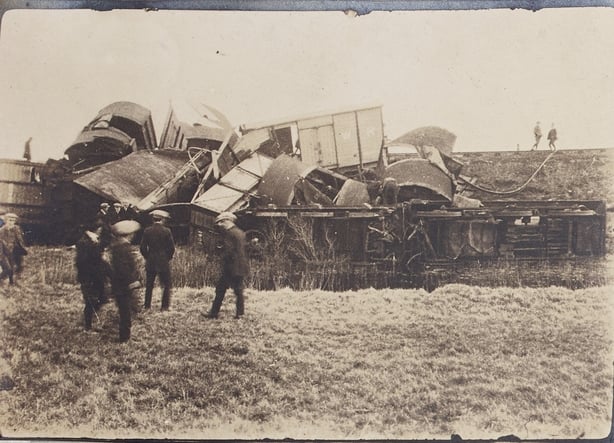
A more violent phase
The elevation to the top post in the Kerry Command in January 1923 of Paddy O’Daly, a senior figure in Michael Collins’s 'Squad’ during the War of Independence, opened up a new, more violent phase of the war. The treatment of republican prisoners under the O’Daly regime was particularly vicious, and he oversaw a series of killings that would make his name forever synonymous with army brutality in the county.
When five National Army soldiers were killed in an IRA trap-mine explosion at Knocknagoshel on 6 March 1923, O’Daly reacted furiously. Over the following ten days, seventeen IRA prisoners were summarily executed in explosions at Ballyseedy near Tralee, Countess Bridge in Killarney and Bahaghs near Cahersiveen. Remarkably, Stephen Fuller, later a Fianna Fáil TD, survived at Ballyseedy.
We need your consent to load this rte-player contentWe use rte-player to manage extra content that can set cookies on your device and collect data about your activity. Please review their details and accept them to load the content.Manage Preferences
From RTÉ Archives, account of Ballyseedy massacre recalled by the sole survivor Stephen Fuller compiled from interview filmed during the production of Ireland: A Television History, a series written and presented by Robert Kee
The army’s modus operandi in each case was the same. Prisoners were directed to clear barricades allegedly constructed around IRA bombs designed to kill soldiers. The explosives had, in fact, been placed by the army and were detonated at the appropriate time to blow the prisoners to smithereens.
The Minister for Defence, Richard Mulcahy, stood by O’Daly and his policy of extra-judicial killings, compounding antipathy towards the army and the government in a county where the majority of Dáil seats were won by republicans in August 1923.
While the fighting had ended in much of the country by the spring of 1923, it continued in Kerry. The ‘Munster Republic’ had become the ‘Kerry Republic’ but, following one final siege at Clashmealcon Caves on the Atlantic coast in April and the execution at Tralee Jail of three more republicans, the war petered out. It had claimed almost 190 lives and left an enduring and traumatic legacy in a county which was perhaps more deeply scarred by the intra-nationalist struggle than any other.
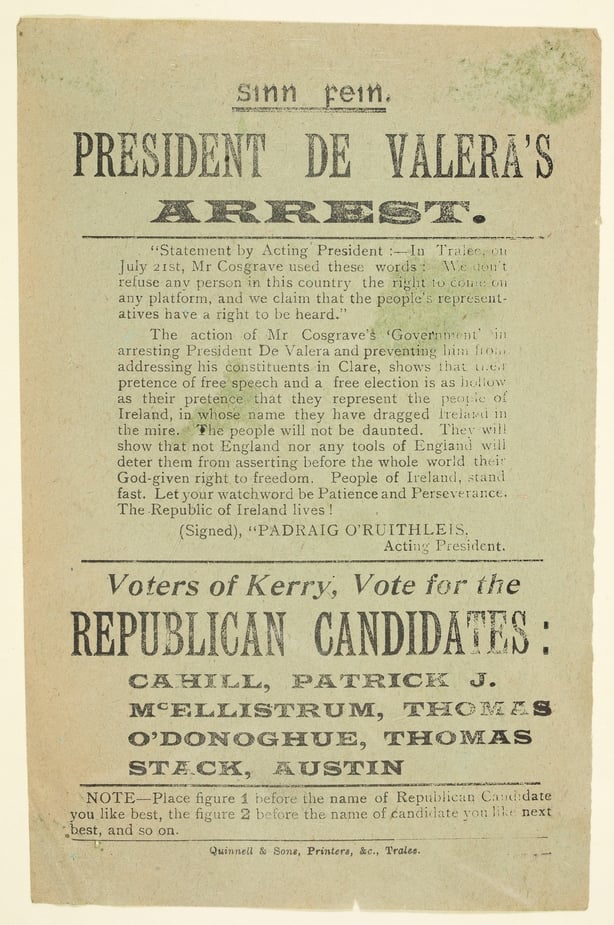
New research
The new research into Civil War fatalities in Kerry yields a higher number of deaths than previous estimates. It puts the combined combatant and civilian death toll in Kerry between 28 June 1922 and 24 May 1923 at 185, an average of one fatality each day.
The research highlights the National Army’s very high casualty rate in Kerry. The army sustained eighty-eight fatalities, a higher death toll than the anti-Treaty side. The Irish Civil War Fatalities index represents a kind of memorial to those who were killed defending the new Free State in a county where just a single monument to the Free State dead exists.
Of the National Army deaths, twenty-four were born in County Kerry. That the majority of casualties were not native to the county reflects the significant number of soldiers from elsewhere who were posted to Kerry, including the almost 1,000 personnel who arrived in a series of seaborne landings in August 1922. Interestingly, an estimated seventeen soldiers killed had served in the British Army.
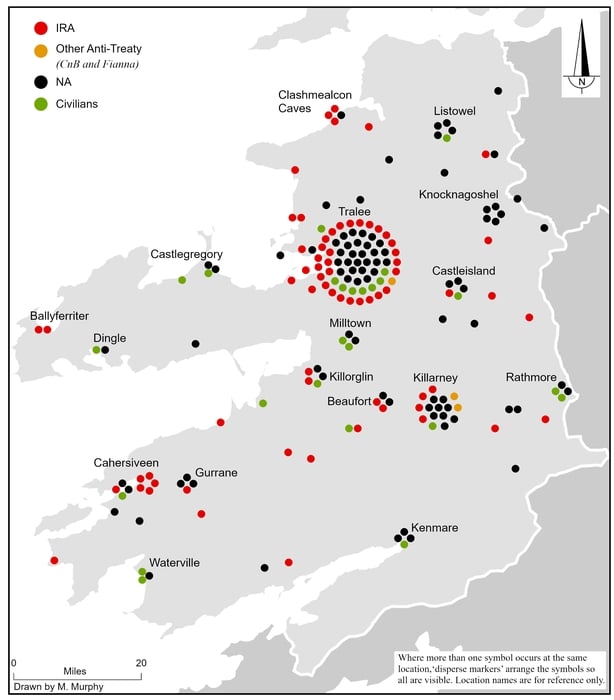
Conversely, the vast majority of the 71 men and boys killed on the anti-Treaty side were native to Kerry. Listed among them are the seventeen republican prisoners who were murdered over ten days in March 1923 in reprisal for the deaths of five National Army soldiers at Knocknagoshel, ensuring that locations like Bahaghs, Countess Bridge and Ballyseedy would be forever identified with the descent into a cycle of violence which would be seared in the collective local memory for generations.
It also includes those who were officially executed, including the only Englishman to die on the IRA side: Reginald Stenning, a former member of the British Army and the National Army, who defected to the IRA and was executed in Tralee in April 1923.
Despite their critical role in supporting the IRA, often at great personal risk, it is remarkable that only one member of Cumann na mBan (which was overwhelmingly anti-Treaty in Kerry) died during the Civil War, albeit not in combat. Nora O’Leary was mortally wounded when an IRA member who was staying in her home accidentally fired his weapon.
A sobering reminder
The data is also a sobering reminder of the very young age at which so many died on both sides of the conflict. Among those whose ages are known, just five National Army casualties were thirty years of age or older. At least fifteen were aged twenty or younger; the youngest was seventeen-year-old James O’Connor from Dublin who died during the taking of Tralee in August 1922.

Two republican fatalities were just seventeen years old: Bertie Murphy of Castleisland was shot dead on the steps of the Great Southern Hotel by Colonel David Neligan in September 1922 and Michael McSweeney from Rathmore was shot at point blank range during a raid by the National Army in February 1923.
Another significant feature of this list of fatalities is the large number who died in accidents. A remarkable fifteen National Army soldiers died in incidents that involved either the accidental discharge of their own weapon or that of a colleague. This points to the inexperience of so many army recruits in the handling of weapons, particularly younger men who had not experienced combat in the IRA during the War of Independence.
The list of an estimated twenty-five civilian fatalities represents one of the largely untold aspects of the Civil War in Kerry. Accounting for almost 14 per cent of all deaths, the civilian death toll betrays the significant effect on a non-combatant population which also endured significant social, transport, communication, and economic disruption. Among them were a mother and son, Mary and Jeremiah McKenna, who were shot by a passing National Army patrol near Milltown in November 1922, and two railway workers, Patrick O’Riordan and Daniel Crowley, who were scalded and crushed to death when their train derailed at Liscahane in January 1923 after the IRA had tampered with the railway line.
Fatality profiles
IRA: Daniel ‘Bob’ McCarthy
The brutal treatment of republicans in custody was a hallmark of the National Army regime in Kerry in 1922-23. Inmates were often beaten and tortured in prison cells. One of those on the receiving end of this violence was Daniel ‘Bob’ McCarthy from Dingle, an officer in the 5th Battalion of the Kerry No. 1 Brigade of the IRA. According to historian Tim Horgan in Dying for the Cause (2015), McCarthy was arrested in March 1923 and taken to the local workhouse by National Army soldiers under the command of Denis Griffin of Dingle and Colonel James Hancock. Hancock would later preside over the siege at Clashmealcon Caves in April 1923. McCarthy died after enduring three days of torture in prison.
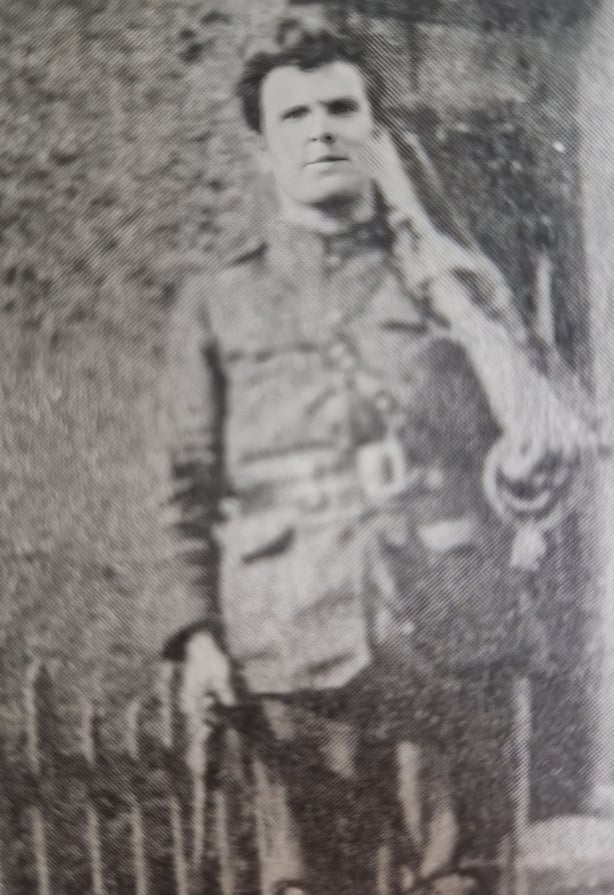
Dorothy Macardle’s Tragedies of Kerry (1924), a totemic reference point for the republican narrative of the war, includes his sister’s account of visiting McCarthy in prison:
‘The soldiers were kicking a football about and her brother was among them. They were forcing him to kick the ball. He was swaying on his feet and was all stained and dusty. When she went to him he stared and seemed not to know her. His eyes were half closed and there was blood on his head.’
According to Gregory Ashe of the Lispole IRA, brother of Thomas Ashe who died while being force-fed in Mountjoy Jail in 1917, the army ‘spent three days killing him’:
They put him [McCarthy] in a corner and they pegged stones at him ... They pulled him down after them from Gleann na nGealt [near Camp], and pulled him from the top to the end after a lorry. In Ballymullen Barracks [Tralee], they thought he was dead and they put him in a coffin. [Prisoner] Paddy Sheaheard him stirring and he told an officer there was something stirring inside and the officer fired a couple of shots in through the coffin.
McCarthy’s remains were disinterred and returned for burial in his native parish in May 1924.
National Army: Tom and John O’Connor ‘Scarteen’
The shooting dead of the Kenmare-born O’Connor ‘Scarteen’ brothers in September 1922 highlighted how the deep divisions which followed the signing of the Treaty were infused by local enmities and bitterness.
Kenmare was one of the large towns that came under the control of the National Army during August 1922. The O’Connors, Tom (Brigadier General) and John (Captain) led a large landing of over 200 troops by boat at Kenmare on 11 August and seized control of the town.
Early in the morning of 9 September 1922, anti-Treaty forces in south Kerry launched an audacious attempt to recapture Kenmare. As the republican assault on the town began, at about 6.30am, a group of republicans burst into the bakery owned by the O’Connor family on Main Street. Tom and John were asleep upstairs. It was a premeditated attack, and it was later claimed that the local IRA had ‘cast lots’ to decide who would carry out the killings.

Nora O’Sullivan (twelve) from Valentia and Kathleen Moriarty (nineteen) from Glencar, who were working in the bakery, described how John was shot as he came down the stairs and Tom was dragged from his bed and shot in the head. Tom reportedly pleaded with the republicans, ‘For God’s sake, don’t shoot an unarmed man.’ Tom was just twenty and his brother, twenty-five.
The shooting of the O’Connor brothers resonated beyond Kenmare and transcended the Civil War divide. Many anti-Treatyites were horrified: Tom McEllistrim, a senior IRA leader from north Kerry and later a TD for Kerry, visited the family home to express his condolences, and republicans chose to vacate the town temporarily while the funerals took place. In a similar act of magnanimity, Deborah O’Connor’s first reaction on hearing of her sons’ deaths was to ask the priest to say Mass for ‘the souls of the people who killed her boys.’
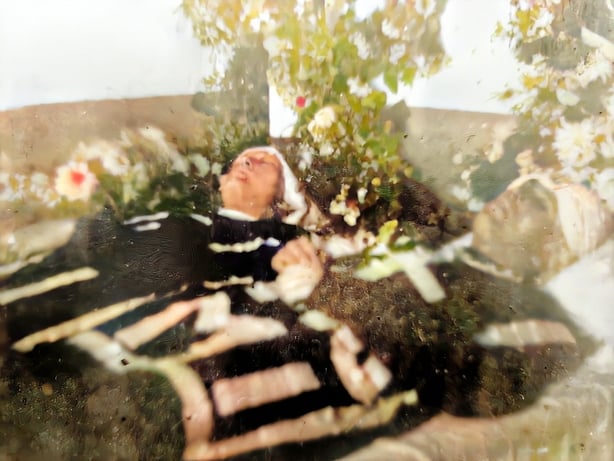
Civilian: Jeremiah Hanifin
Jeremiah Hanifin, a fifty-two-year-old farmer with no involvement in politics or the Civil War, lived with his wife and ten children near the mid-Kerry village of Milltown. In the days before his death, the National Army was active in the village, seeking to identify those who had bought a large quantity of flour stolen by the IRA.
Under duress, the owners of Larkin’s Bakery in the village had been forced to buy the flour from the local IRA. On discovering this, the National Army raided Larkin’s, destroying property and threatening the proprietors, including Michael Larkin, who was arrested.
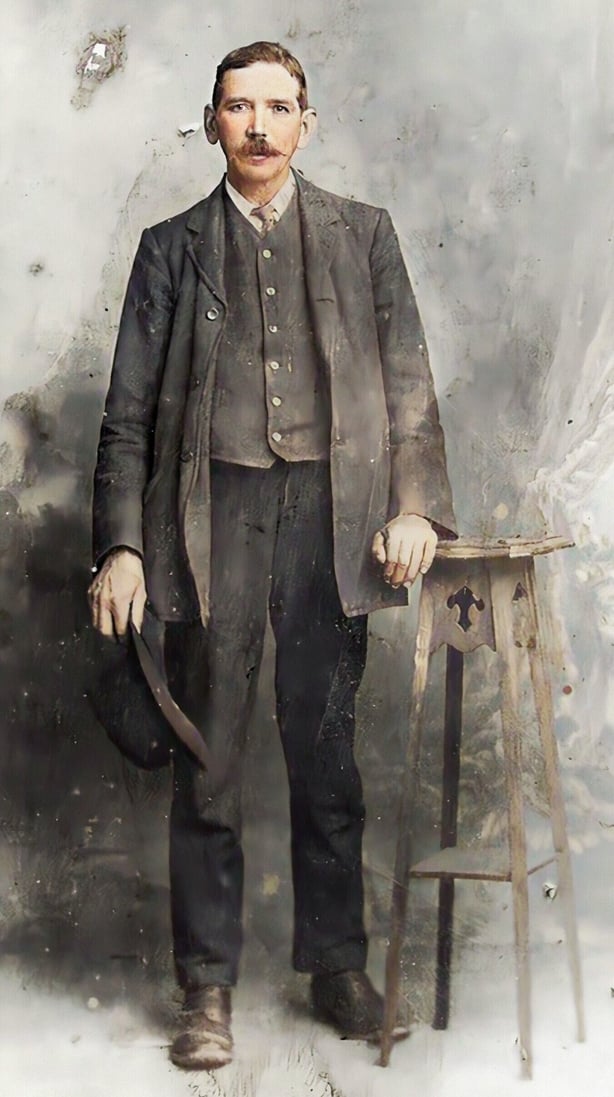
The soldiers, who spent the following day drinking, arranged for the flour to be transported to Killarney using locally commandeered carts and trucks. On 23 September 1922, Jeremiah Hanifin was standing outside his home, about one mile from Milltown, speaking to a neighbour when the National Army convoy passed by on the way to Killarney. The soldiers fired indiscriminately as they passed Hanifin’s home and he was shot dead.
Jeremiah Hanafin was tended to by local doctor Daniel Sheehan, but he had been mortally wounded. Local resident and diarist Major Leeson-Marshall of Callinafercy House recorded the shooting of Hanifin, whom he described as ‘a respectable farmer’ and who was killed ‘standing in the road.'
This article is part of the UCC Irish Civil War Fatalities Project, funded by the Department of Tourism, Culture, Arts, Gaeltacht, Sport and Media under the Decade of Centenaries Programme, 2023. Its contents do not represent or reflect the views of RTÉ.












































